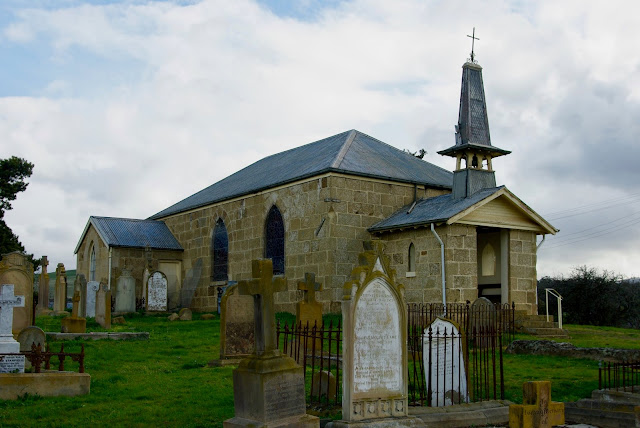No. 579 - Catamaran - Congregational Mission Hall - Australia's Southernmost Church

Catamaran was a small settlement in Recherche Bay near the mouth of the Catamaran River in Tasmania's far southeast. It was once a whaling station and by the latter half of the 19th century it had a thriving timber and sawmilling industry. The discovery of coal at the turn of the 20th century saw intermittent mining activity until the 1930’s. At its peak Catamaran had a population of around 150 which supported the establishment of a State school, a post office and a church. Little now remains of the town. Being an isolated settlement few newspaper's reported about life at Catamaran. However, in July 1889 the Dover correspondent for the Hobart Mercury had an opportunity to put Catamaran on the map. This lengthy report about the opening of Catamaran's Congregational Mission Hall also provides a rare glimpse of this bush settlement: “For many years this district has been visited and services held by the Congregational Minister in charge of what is called the South Huon distr




